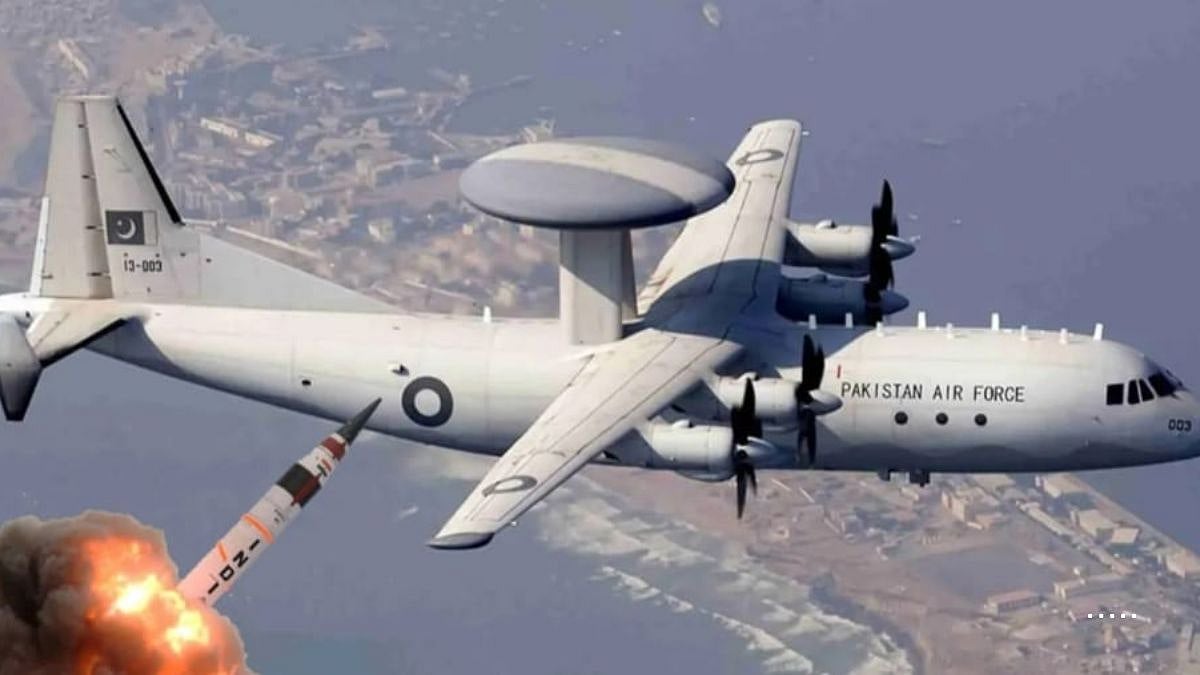The Indian Air Force (IAF) is seeking three “Pseudo Satellites’ to bridge the surveillance gaps between Airborne Warning and Control System (AWACS) and satellites Operating outside the range of Area Access/Area Denial (A2/AD) systems. | X @salah_shoaib
The Indian Air Force (IAF) is seeking three “Pseudo Satellites’ to bridge the surveillance gaps between Airborne Warning and Control System (AWACS) and satellites Operating outside the range of Area Access/Area Denial (A2/AD) systems. The AWACS are flying radar station, mounted typically on a large aircraft platform, used to detect, track, and monitor aerial and surface threats over vast distances.
The ‘pseudo satellites’ or High-Altitude Platform Systems (HAPS) are remotely piloted aircraft operating in the stratosphere at 65,000 to bridge the gap between satellites orbiting the Earth and drones flying within the atmosphere. Its stratospheric reach puts it above any weather activity and air traffic, and being solar-powered can loiter for months.
While drones, loitering munitions, and missiles dominate air strikes, AWACS platforms serve as the nerve centre of aerial combat.
In military operations HAPS is a strategic asset, a cross between a satellite and an airplane with the endurance of a satellite and the agility of an aircraft for a persistent stratospheric presence which can be deployed and repositioned rapidly.
India intends to augment the large gap between the demand and supply of ISR (Intelligence, Surveillance and Reconnaissance) and communication data by a multitude of military and civilian users and agencies for pseudo satellite.
On Thursday IAF had downed Pakistan Air Force Saab 2000 m AWACS aircraft while attempt to hit military stations in Jammu, Pathankot, Udhampur and other locations giving a ignificant blow to Pakistan’s air surveillance and battlefield coordination capabilities.
According to senior defence ministry officials, a fleet of HAPS with various capabilities operating in concert would enhance communication, sensing and intelligence gathering capabilities for long periods with minimal logistical support requirements.
“IAF needs such platforms for ‘persistent intelligence, surveillance and reconnaissance’ (ISR) operations and provide airborne data relay for other unmanned platforms while reading the adversary’s electronic signals,” informed a senior defence official.
The IAF wants the airborne system to be solar-powered to operate at an altitude of 20 km and should be able to communicate for 150 km in a clear line of sight with a minimum operational endurance of 48 hours equipped with detection range of at least 50 km, electro-optical and infrared cameras along with electronic and communication intelligence payloads.
